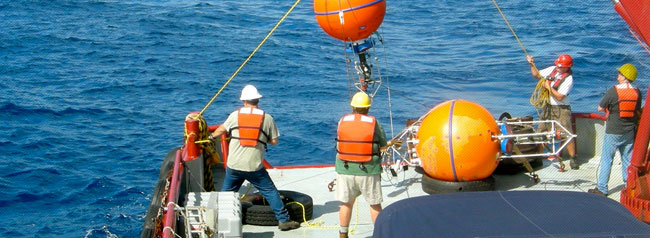 Although marine hydrokinetic technology (or MKH) suffers from a long wonky name, but holds a lot of promise for delivering consistent renewable energy. Florida Atlantic University recently received a “finding of no significant impact” (or FONSI, which is less wonky) for their research project off Florida’s east coast some 9 to 15 nautical miles offshore Fort Lauderdale.
Although marine hydrokinetic technology (or MKH) suffers from a long wonky name, but holds a lot of promise for delivering consistent renewable energy. Florida Atlantic University recently received a “finding of no significant impact” (or FONSI, which is less wonky) for their research project off Florida’s east coast some 9 to 15 nautical miles offshore Fort Lauderdale.
This project will install devices on the ocean floor to capture the movement of the ocean current; much like how wind turbines capture the wind. This isn’t a new concept – Verdant Power in New York has had current turbines installed in the Hudson River off New York City for several years. Those small turbines help power a nearby parking garage. What IS new is that this project is the first of its kind in Florida, and it’s pretty far offshore. The benefit of harnessing river and ocean currents is that they’re fairly predictable – water tends to flow at a fairly steady pace and may be predictable several days ahead of time.
Relatively, the proposed Florida Atlantic University pilot project is a drop in the bucket of the electrical demands for the state. The proposal is for a 20 kilowatt turbine at first, possibly expanding up to 100 kilowatts which could power about 40-50 homes. But this is the first step in conducting vital research to unleash an energy tsunami. According to Florida Atlantic University, the Gulf Stream may contain some 200,000,000 kilowatts (or 200 gigawatts) of energy potential. The state’s total electrical capacity is around 60 gigawatts.